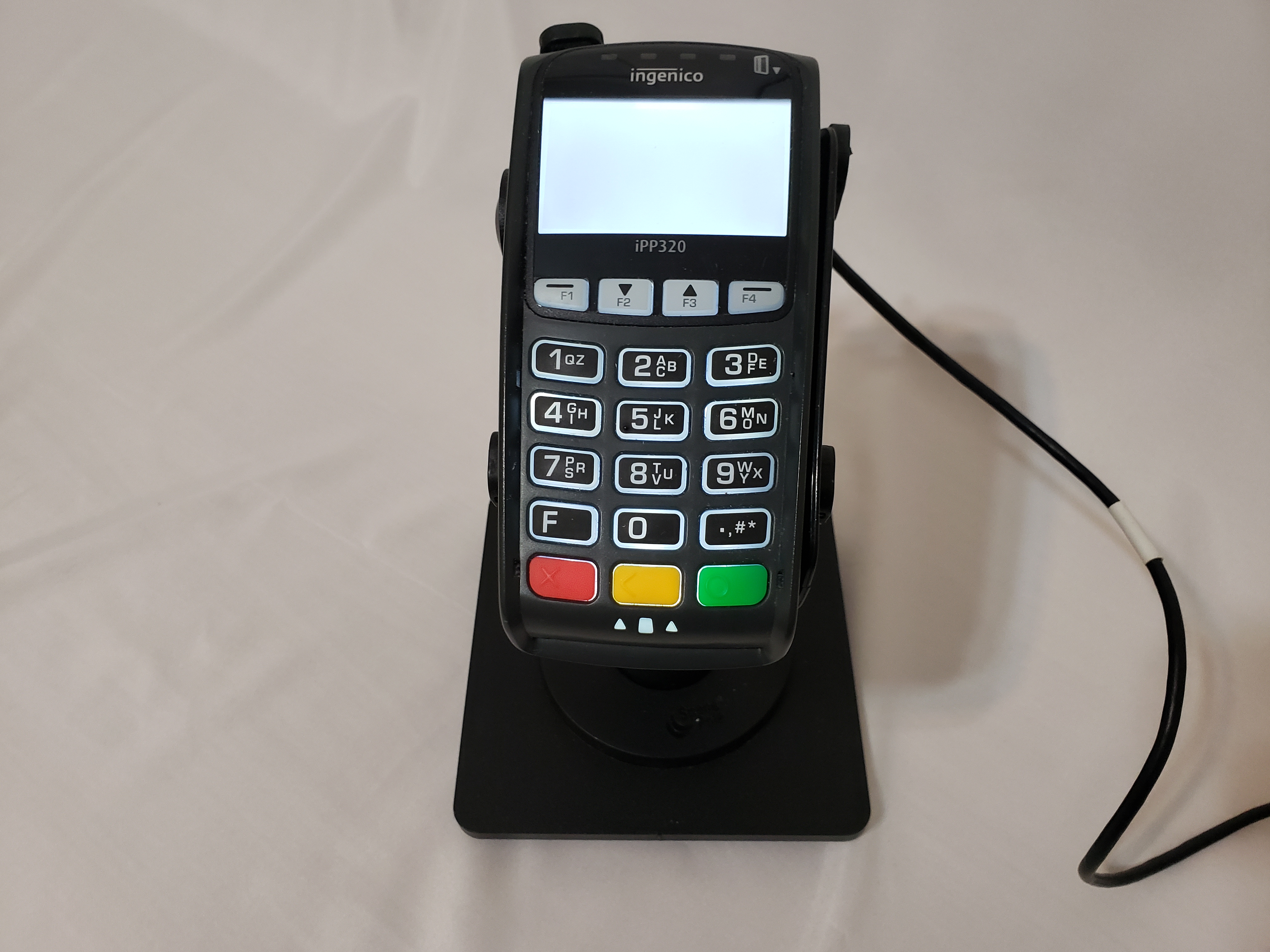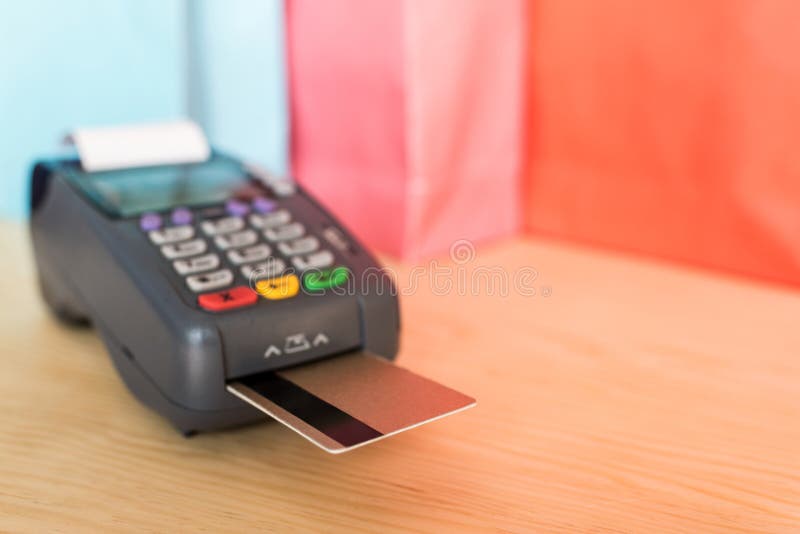
Wireless connectivity to ensure merchants can securely process payments if they have access to a Wi-Fi or cellular network.Software updates sent remotely to ensure your terminal benefits from the latest patches and security upgrades.Digital touchscreens for inputting orders, account numbers, PIN codes, and other payment information.The ability to accept payments made via magstripe plastic, EMV chip cards, or NFC-enabled cards, phones, or wearables.However, as you’ll soon see, touchscreens and wireless connectivity unlock a host of powerful benefits.Īlthough there are many POS systems and terminals that once qualified as smart readers, below are some of the core features you should expect from modern incarnations of the technology:
CREDIT CARD POS TERMINAL PORTABLE
Like their legacy counterparts, smart terminals can either be portable or stationary. However, smart terminal technology more commonly refers to POS machines with cloud-based connectivity and digital touchscreen capabilities. This happened when EMV chip card machines replaced legacy POS terminals, and it happened again when contactless payments began replacing chip cards as the official standard. The term is a bit confusing since each subsequent generation of POS technology is often referred to as “smart” when it arrives on the scene.

This article explains what the technology is, how it works, and why your organization should consider updating its payment environment to make room for this increasingly popular POS alternative.

Across the world of payments, businesses of all sizes continue to abandon traditional point of sale (POS) systems and cash registers in favor of smart terminals.


 0 kommentar(er)
0 kommentar(er)
